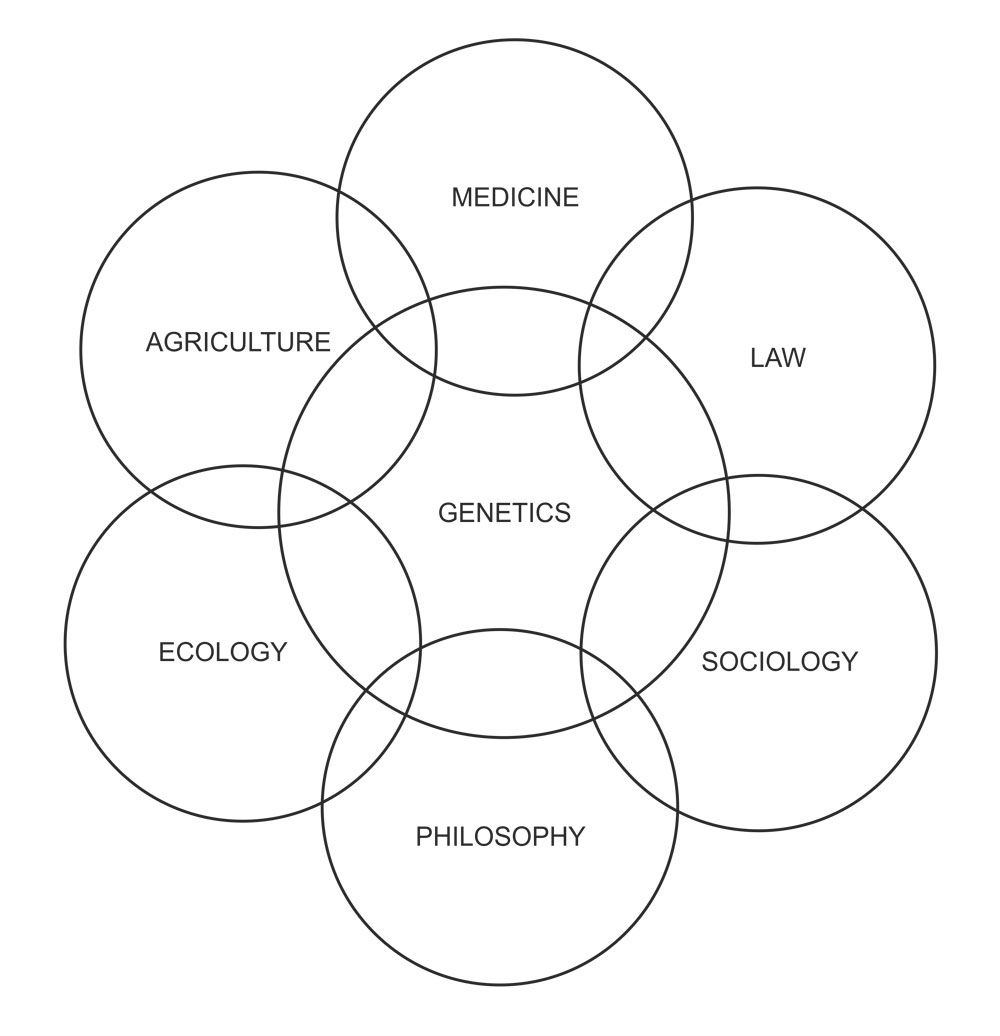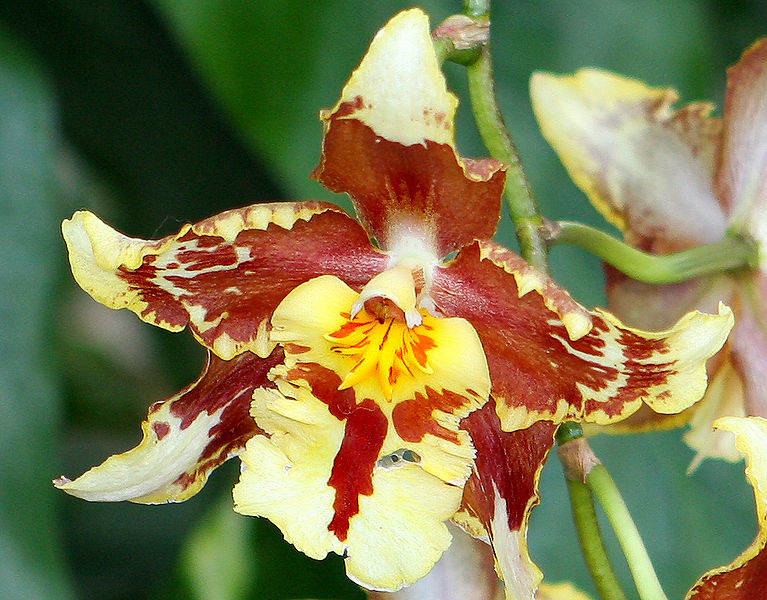Germplasm theory
Germplasm theory of Weismann was a very significant advancement in our understanding of heredity, since this was for the first time that a distinction between hereditary and environmental variations could be made on a sound basis.
Migration of Germ Cells
In vertebrates, the actual tissue from which gonads arise appears in early development as a pair of genital ridges, growing into the coelom from the dorsal coelomic lining on each side of the hind-gut near the anterior end of the kidney (mesonephros).
Macronutrients - Nitrogen
Discovery of the essentiality of nitrogen is often credited to de Saussure (1-3), who in 1804 recognized that nitrogen was a vital constituent of plants, and that nitrogen was obtained mainly from the soil.
Atomic spectroscopy
Atoms of certain metals will absorb and emit radiation of specific wavelengths when heated in a flame, in direct proportion to the number of atoms present.
Ameboid Movement
Ameboid movement is a form of movement especially characteristic of amebas and other unicellular forms; it is also found in many wandering cells of metazoans, such as white blood cells, embryonic mesenchyme, and numerous other mobile cells that move throu
Algae and Men
Microalgae and macroalgae have been utilized by man for hundreds of years as food, fodder, remedies, and fertilizers. Ancient records show that people collected macroalgae for food as long as 500 B.C. in China and one thousand of years later in Europe.
Terrestrial Environments Biomes
A biome is a major biotic unit bearing a characteristic and easily recognized array of plant life. Botanists long ago recognized that the terrestrial environment of the earth could be divided into large units having a distinctive vegetation, such as fores
Structural bioinformatics
Structural bioinformatics is concerned with computational approaches to predict and analyse the spatial structure of proteins and nucleic acids.
Agriculture Biotechnology
Biotechnology can be seen as an imprecise term since the harnessing of any biological process could justifiably be called biotechnology.
Developmental genetics

The area of developmental genetics has also received major attention of geneticists in recent years to answer questions like the following. What are the relative roles of nucleus and cytoplasm in differentiation?
Plant Life Cycle

Among all living organisms, flowers, which are the reproductive structures of angiosperms, are the most varied physically and show the greatest diversity in methods of reproduction of all biological systems.
Cultures of Microorganisms
Microorganisms isolated from different sources (soil, water and air) or genetic manipulation are cultured on growth media.
Distribution of Life on Earth
The biosphere as usually defined is the thin outer layer of the earth capable of supporting life. It is probably best viewed as a global system that includes all life on earth and the physical environments in which living organisms exist and interact.
Gastrulation
Process by which an early metazoan embryo becomes a gastrula, acquiring first two and then three layers of cells.
Animal Biotechnology
The most important areas of today's research which have potential economic value and prospects of commercialization are the cell and tissue culture based production of vaccines, monoclonal antibodies, pharmaceutical drugs, cancer research, genetic manipul
Protein Synthesis
Protiens are polymers of amino acids joined by peptide bonds (proteins are therefore also known as polypeptides). The number and order of the amino acids contained in a particular protein are prescribed by the DNA sequence of that protein?s gene.




